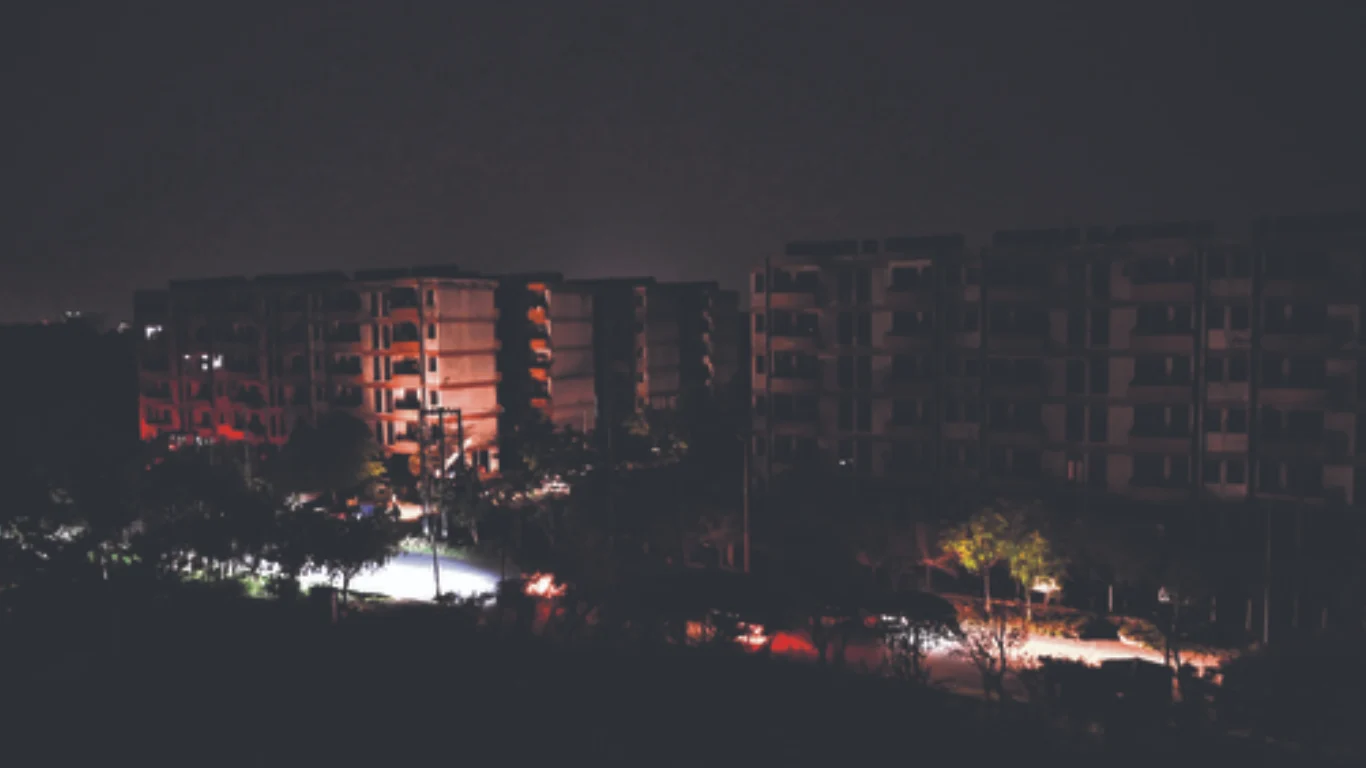
On Friday morning, the normally calm cities of Chandigarh and Patiala were thrust into a heightened state of alert as air raid sirens pierced the air, triggering widespread concern among residents. This dramatic development unfolded just hours after Indian armed forces successfully thwarted a large-scale missile and drone attack launched by Pakistan on three military installations, escalating already tense relations between the two nuclear-armed neighbors. In response to the potential threat, Chandigarh’s Deputy Commissioner, Nishant Kumar Yadav, issued an urgent public advisory urging all residents to remain indoors and stay away from open spaces such as balconies and rooftops. “An air warning has been received from the Air Force Station regarding a possible attack. Sirens are being sounded. All are advised to remain indoors and away from balconies,” the advisory stated, signaling a grave warning that India could face further provocations from across the border. The air raid sirens, rarely heard in peacetime, jolted citizens out of their routines and underscored the seriousness of the unfolding security situation.
Patiala, another key city in Punjab, mirrored these precautionary measures. The district administration promptly advised residents to remain inside their homes and maintain calm, emphasizing that venturing outdoors should be avoided unless absolutely necessary. The Deputy Commissioner of Patiala also announced the immediate closure of all educational institutions across the district until further notice, a decision made in view of public safety and to avoid unnecessary exposure of school children and staff to potential threats. This coordinated response from civil authorities reflected the escalating security alert across northern India following Pakistan’s failed aerial offensive and indicated that intelligence agencies were taking every possible measure to prevent civilian casualties in case of another strike.
Adding to the sense of urgency, the Punjab government rolled out a series of emergency measures across the state. In a decisive move on Thursday night, it ordered the closure of all schools, colleges, and universities for the next three days. The decision was not limited to educational institutions alone; all leaves sanctioned to police personnel across the state were cancelled with immediate effect to ensure maximum ground presence of law enforcement. Furthermore, as a precautionary step aimed at preventing public gatherings or celebratory incidents that might be misinterpreted in the current climate, the district administrations in Tarn Taran and Fazilka imposed a temporary ban on the bursting of firecrackers during weddings and other social events. These steps, while causing disruption to daily life, were deemed essential to maintain public safety and readiness in the face of a rapidly developing security threat.
Meanwhile, in the Union Territory of Chandigarh—Punjab and Haryana’s shared capital—the administration also declared the closure of all schools till Saturday. These preventive actions came on the heels of an aggressive military response by India to the April 22 Pahalgam terror attack, an incident that left 26 civilians dead and shocked the nation. In a retaliatory operation named Operation Sindoor, Indian armed forces launched precision strikes on terror infrastructure in Pakistan and Pakistan-occupied Kashmir (PoK), destroying key launch pads and training camps reportedly operated by militant groups with backing from across the border. These strikes served as both a punitive measure and a strategic deterrent aimed at signaling zero tolerance for cross-border terrorism.
Pakistan, in response, escalated the situation further by intensifying unprovoked firing across the Line of Control (LoC). Using mortars and heavy-caliber artillery, Pakistani forces targeted multiple sectors including Kupwara, Baramulla, Uri, Poonch, Mendhar, and Rajouri in Jammu and Kashmir. This barrage of shelling not only caused significant damage to civilian infrastructure but also tragically resulted in the deaths of at least 16 people, including women and children. Villages along the border were thrown into chaos, with homes destroyed, roads cratered, and residents fleeing for safety. The civilian population in these areas has been forced to seek shelter in underground bunkers or temporary relief camps set up by local authorities, adding a humanitarian layer to the already grave security crisis.
In response to the volatile situation, the Punjab government also set up a centralized control room aimed at facilitating communication with the public and assisting residents in case of emergencies. Equipped with emergency contact numbers, real-time updates, and resource coordination capabilities, the control room is part of a broader civil defense initiative that includes coordination between the National Disaster Response Force (NDRF), police forces, and district administrations. Military convoys were seen mobilizing across several towns in Punjab, with increased aerial surveillance and radar tracking activated along sensitive corridors bordering Pakistan. Security forces have also been deployed to vital installations, including power grids, communication towers, and transport hubs, to preempt any sabotage attempts.
The sudden deterioration of peace along the India-Pakistan border has drawn widespread international attention. Global powers and regional allies have expressed concern over the possibility of further escalation and have called for restraint. United Nations officials urged both New Delhi and Islamabad to prioritize diplomatic dialogue over armed conflict, citing the catastrophic consequences any further hostilities could have, especially given both nations’ nuclear capabilities. Nonetheless, India has reiterated that it reserves the right to defend itself decisively and proportionally in the face of any aggression, a sentiment echoed in strong terms by the Ministry of Defence.
As tensions remain high, the Indian public has been urged to remain vigilant but avoid panic. Emergency drills and air raid preparedness measures have been initiated in urban centers, particularly those close to the border. Schools, though temporarily closed, are expected to include safety drills and awareness sessions in their curriculum once they reopen. Social media platforms and local news outlets are being closely monitored for misinformation, and official advisories are being shared through verified government handles to ensure accurate public communication.

















